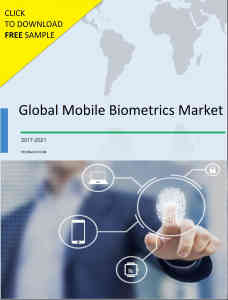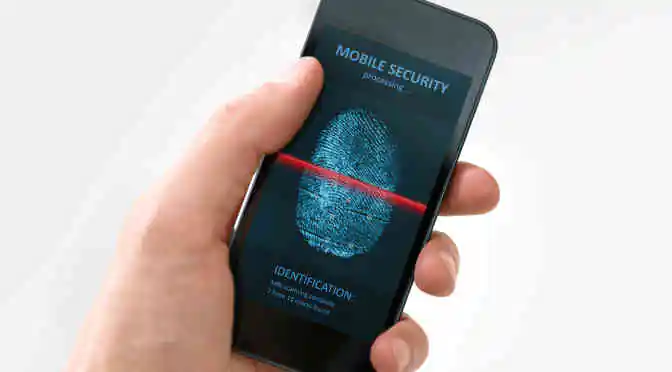Passwords and pins are so passé. Cyber hackers are crafty, and bypassing one measly password is not much of a challenge for them. Couple this with the rising instances of identity and data theft, increasing use of personal devices for financial transactions and growing employee mobility, and we have the perfect recipe for online disasters. Plausibly, it does not take an intellect to understand why alternative security systems like mobile biometrics authentication are gaining massive appeal.
Biometric authentication uses ‘something people have’ rather than ‘something people know’ to identify them. That makes it tough for hackers to steal. Needless to say, biometric technology has been around for decades, but it is the age of the smartphones that has indeed pushed it into the mainstream. Mobile biometric systems have emerged as the most feasible solution for maintaining the security of mobile devices.
 Biometric-based authentication for mobile phones offers a robust alternative to using pins and passwords. It validates the identity of a user by computing unique behavioral and psychological characteristics of an individual.
Biometric-based authentication for mobile phones offers a robust alternative to using pins and passwords. It validates the identity of a user by computing unique behavioral and psychological characteristics of an individual.
Multimodal biometrics for enhanced mobile security
We have witnessed an array of technological developments in the world of mobile biometrics in the past several years, from fingerprint identification to voice, iris and facial recognition. The innovations do not end here, in fact, top IT companies are extensively striving to introduce more enhanced and precise technologies that can further trim-down the chances of faulty identification and misplaced verification.
Mobile multimodal biometric systems have been recently introduced and are widely adopted by several top smartphone manufacturers that promises to not only overcome the limitations of conventional biometric systems but also to achieve high recognition accuracy.
A big part of these modalities’ appeal is that they do not need specialized hardware since they can use the technologies which are already in place on most mobile devices. However, they will not displace fingerprint scanning; rather, they will help to form multimodal solutions. Further, the devices used in multi-factor authentication are portable and do not require third-party involvement for identity management.
The biometric security systems for smartphones are not only making these devices tauter, but also the usage of mobile phones is now more easier, informative and entertaining. In the future, we will also witness other forms of biometrics emerge in addition to voice, fingerprint, facial recognition and iris scanning. For now, the associated market research report from Technavio will help your business uncover the obvious and latent potential in this intensely competitive industry.



